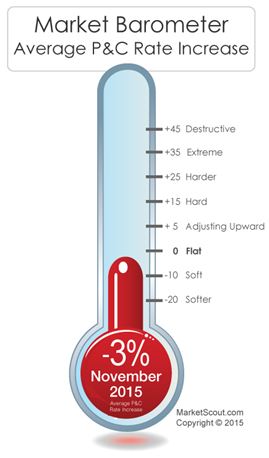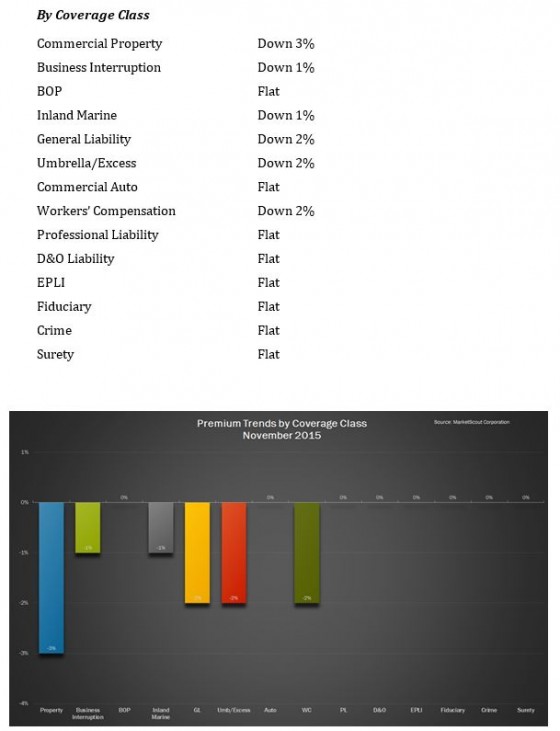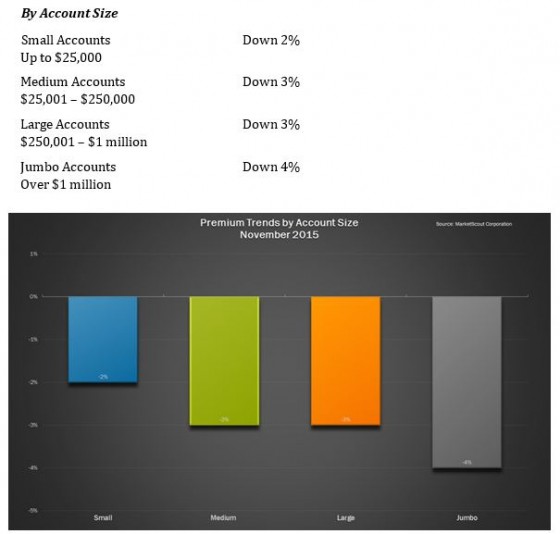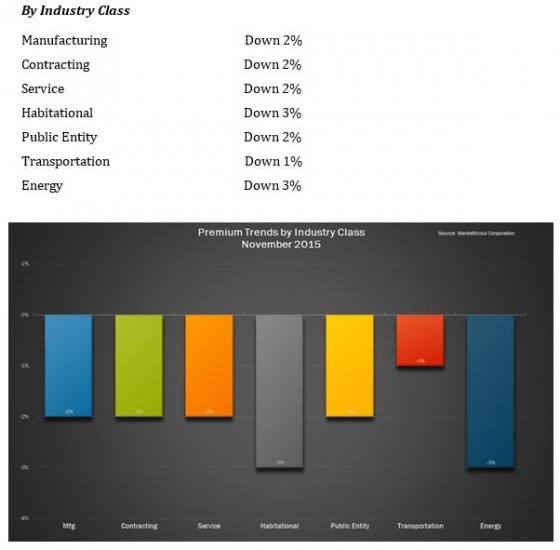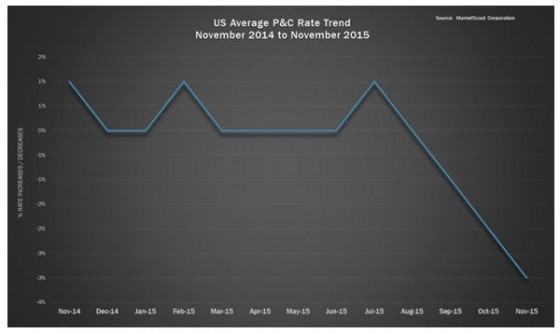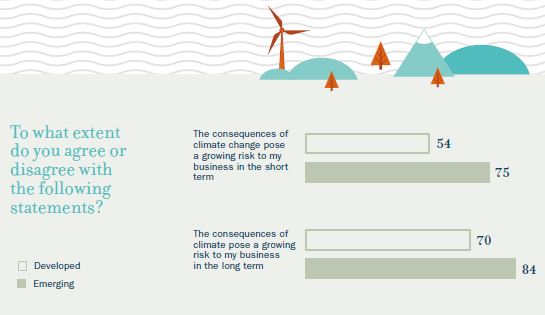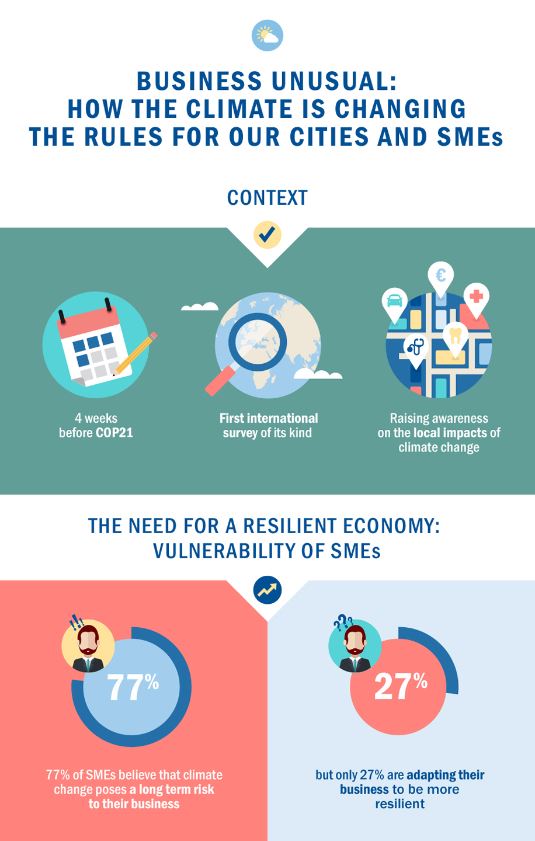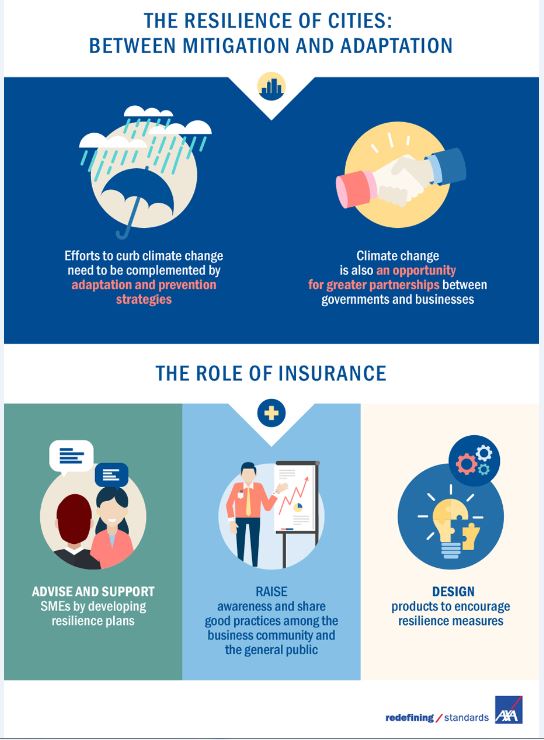RIMS today announced that Julie Pemberton will lead the organization as president for the 2016 term, effective Jan. 1.
Pemberton is director of enterprise risk and insurance management for Outerwall Inc. She has been a member of RIMS for more than 16 years and on its board of directors for six years. Previously, she served as the Society’s vice president and board liaison to RIMS External Affairs Committee. She is also a member of RIMS Chicago chapter.
 “Every invention. Every startup. Every process, guideline, protocol and standard starts with an idea,” Ms. Pemberton said. “Risk professionals’ responsibilities continue to evolve and are growing within their organizations. In addition to mitigating the impact of a risk, practitioners are initiating ideas and developing solutions to not only prevent unwanted risks but to embrace and enable risk-taking that optimizes business growth.”
“Every invention. Every startup. Every process, guideline, protocol and standard starts with an idea,” Ms. Pemberton said. “Risk professionals’ responsibilities continue to evolve and are growing within their organizations. In addition to mitigating the impact of a risk, practitioners are initiating ideas and developing solutions to not only prevent unwanted risks but to embrace and enable risk-taking that optimizes business growth.”
She continued that, as RIMS’ 62nd president, “I look forward to helping this Society focus on the future, ensuring that we continue to advance and convert ideas into valuable resources that support the world’s risk management community.”
Ex-Officio, Richard J. Roberts Jr., said, “This year has been a spectacular ride and I couldn’t have done it without the support of my fellow Board Directors. You are a talented group of professionals, extraordinary volunteers and have become great friends. Thank you.”
Officers on RIMS 2016 Board of Directors:
- President: Julie C. Pemberton, ARM; director, enterprise risk and insurance management, Outerwall Inc.
- Vice President: Nowell R. Seaman, CIP, CRM; director, global risk management, Potash Corporation of Saskatchewan Inc.
- Treasurer: Jennifer Santiago, ARM; director of insurance, Novartis Corporation
- Secretary: Steve Pottle, CIP, CRM; director, risk management services, York University.
New Board Members:
- Emily Cummins, CPA, CPCU, CISSP, ARM, ARE; managing director of tax and risk management, National Rifle Association
- Barry Dillard; director, claims management, Walt Disney Parks and Resorts U.S.
- Laura Langone; senior director, global risk management and insurance, PayPal, Inc. Holdings.
Incumbent Board Members:
- Gordon Adams; risk management, Servco Pacific Inc.
- Gloria Brosius; corporate risk manager, Pinnacle Agriculture Holdings
- Robert Cartwright Jr., CRM; safety and health manager, Bridgestone Retail Operations, LLC
- Richard J. Roberts, Jr., RF, ALCM, ARM, ARME, CPCU; director of risk management and employee benefits, Ensign-Bickford Industries, Inc. (Ex-Officio)
- Janet Stein; director, risk management & insurance, University of Calgary
- Robert Zhang; China risk and compliance manager, IKEA (China) Investment Co., Ltd.
For more information about RIMS, visit www.RIMS.org.

